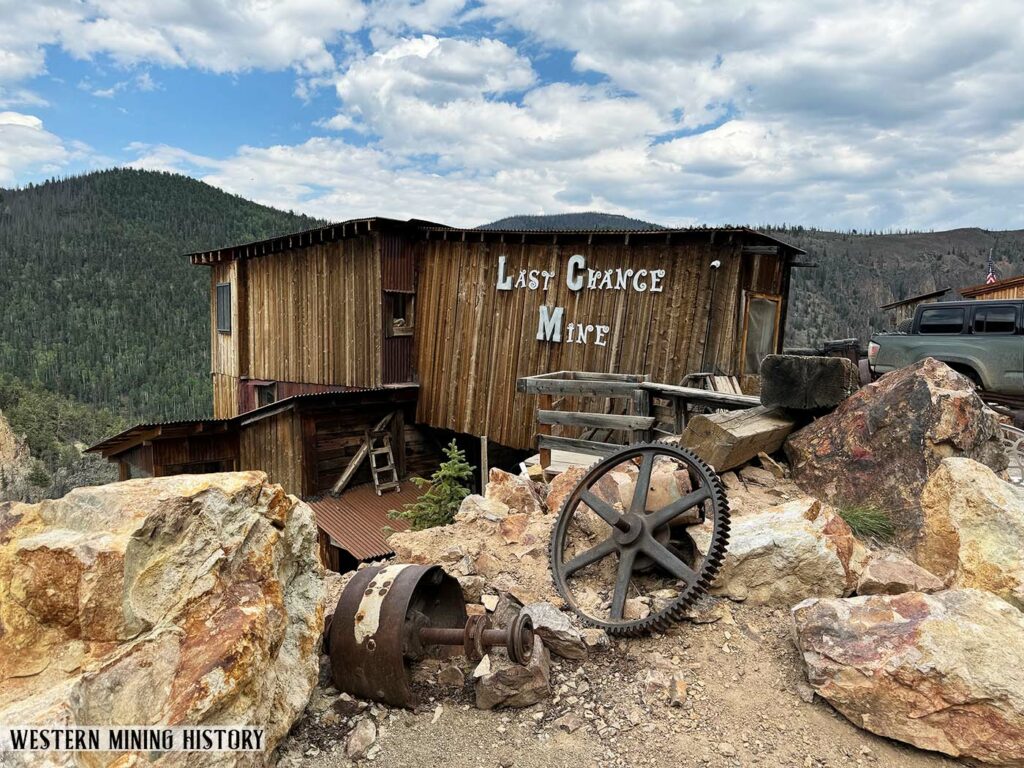The Old Hundred gold mine traces its history back to the late 1800s and was worked intermittently until the early 1970s. The mine has been closed for decades, however it is now open for tours which offer a unique view into what a working mine was like.
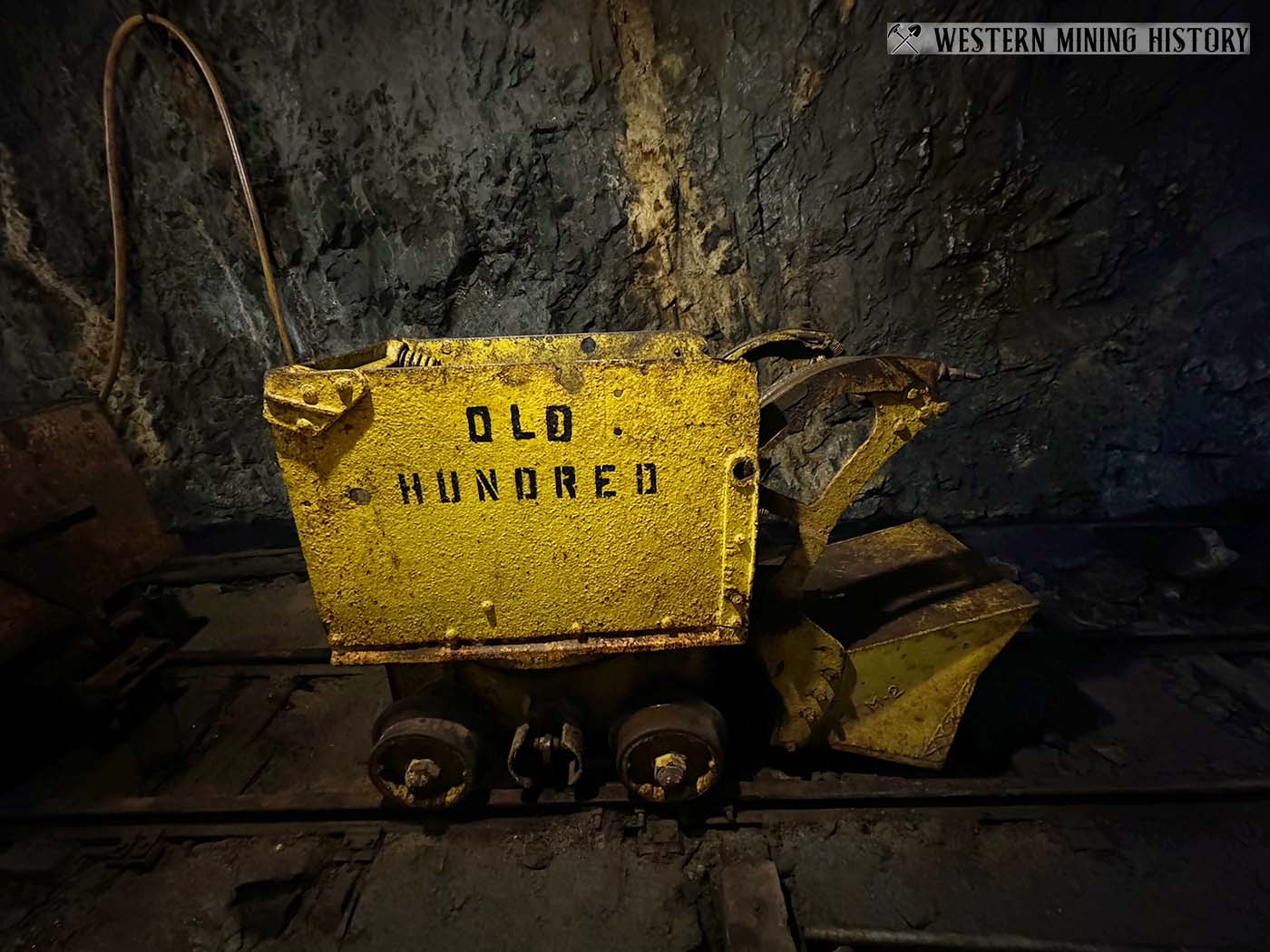
The mine tour is located approximately five miles east of Silverton, Colorado and is open seasonally. A visit to the mine starts at the gift shop where tickets are purchased and miners jackets and hard hats are issued.
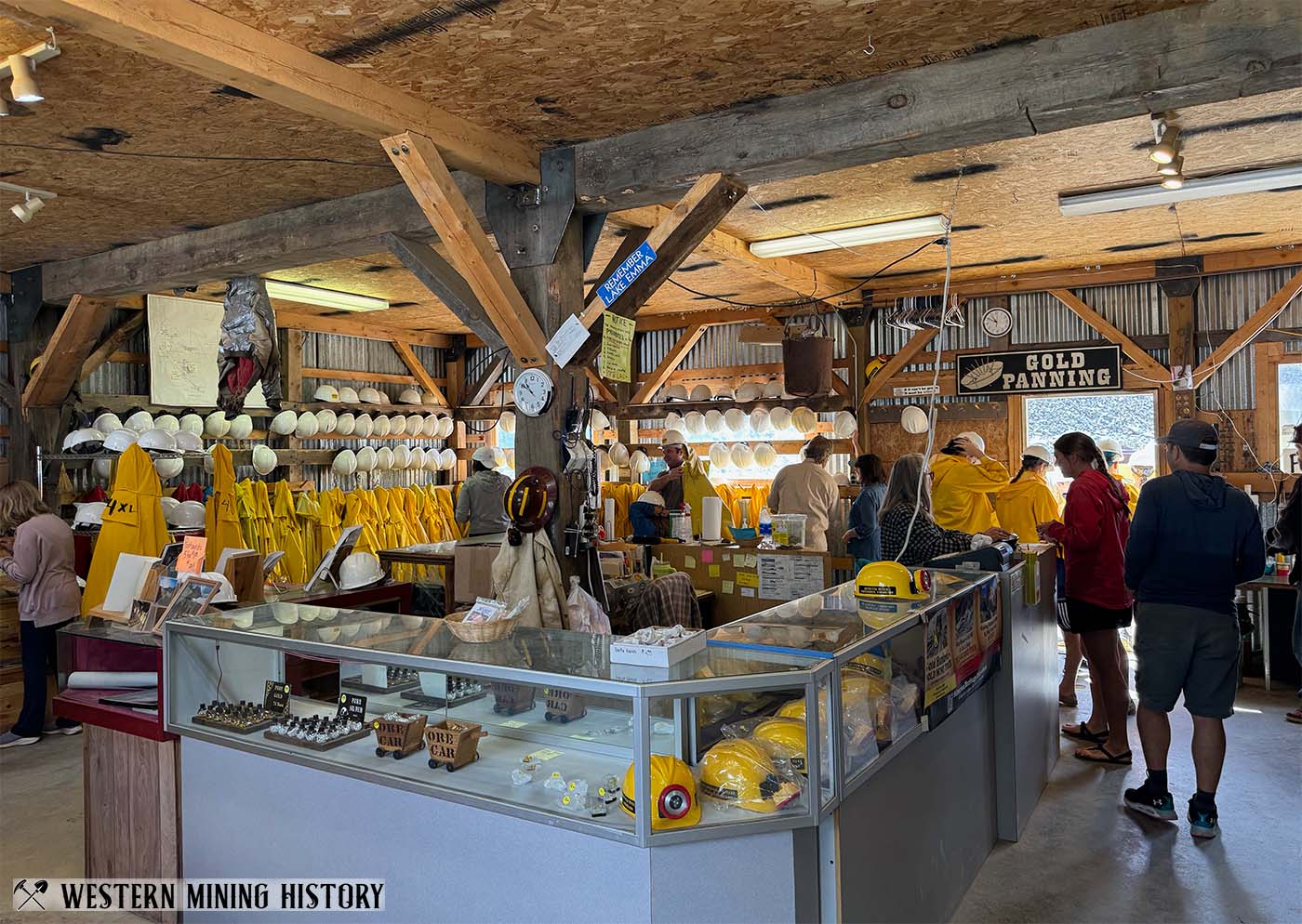
The tour starts with a one-third mile long ride on an electric mine train deep into the old mine works. The tunnel used to access the mine was started in the early 1900s, abandoned due to lack of capital, and was finally completed around 1970.
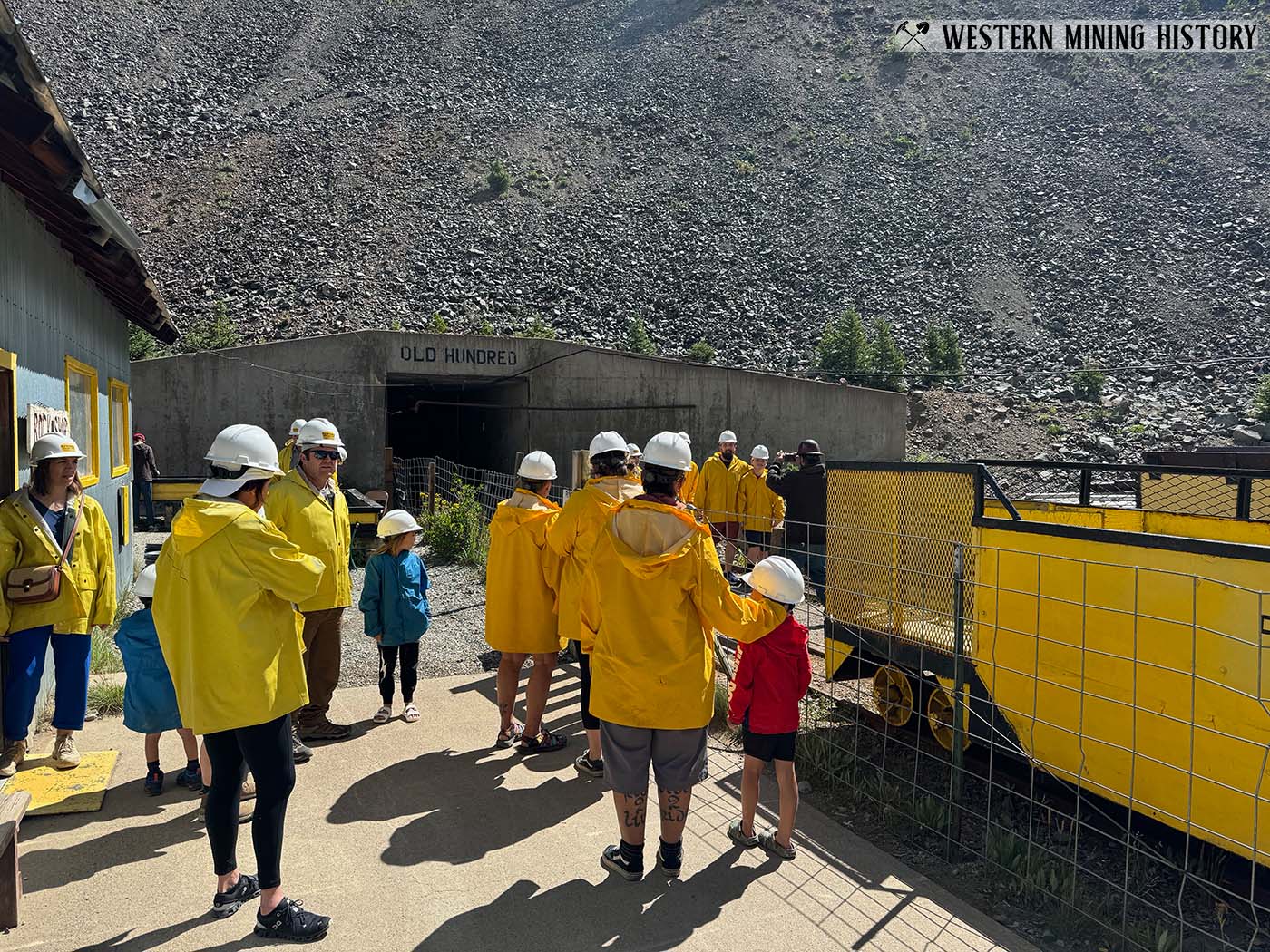
The underground portion of the tour is approximately 50 minutes long. The temperature underground is 48 degrees Fahrenheit so warm clothing is suggested.
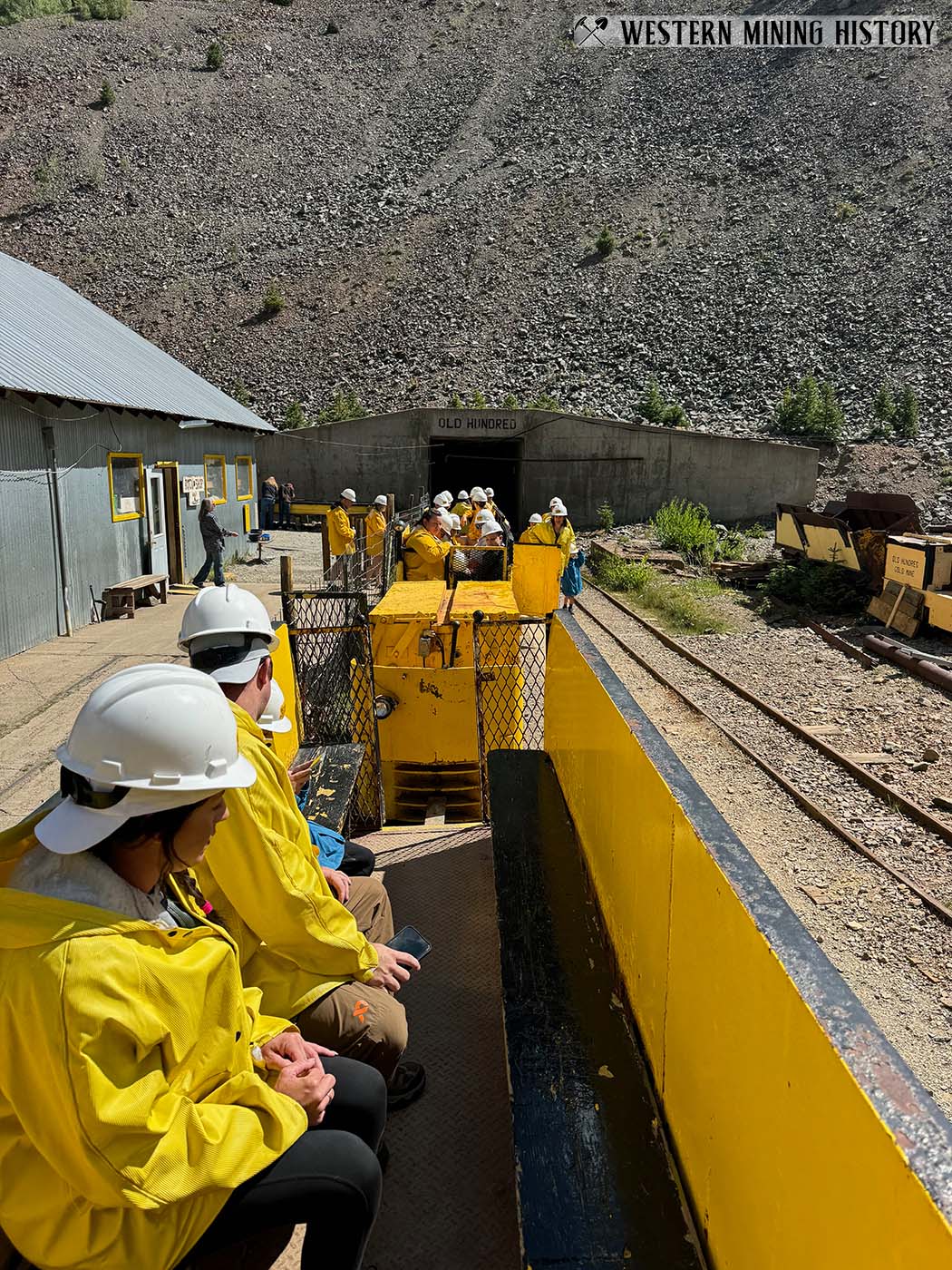
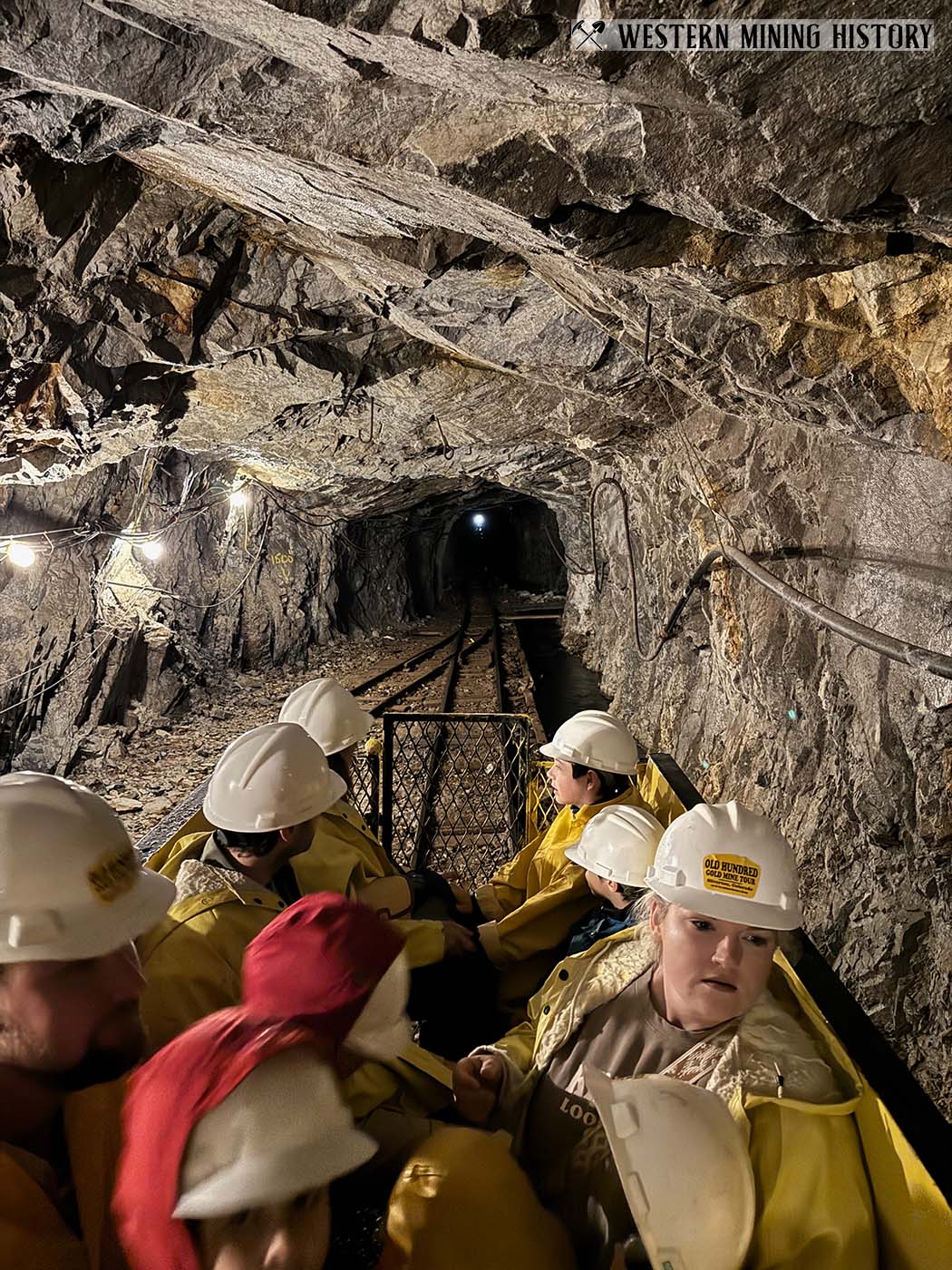
Once the ride on the mine train is complete, the tour continues on foot. An experienced miner was out tour guide and did an excellent job relating the history of the mine and demonstrating the use of mining equipment.
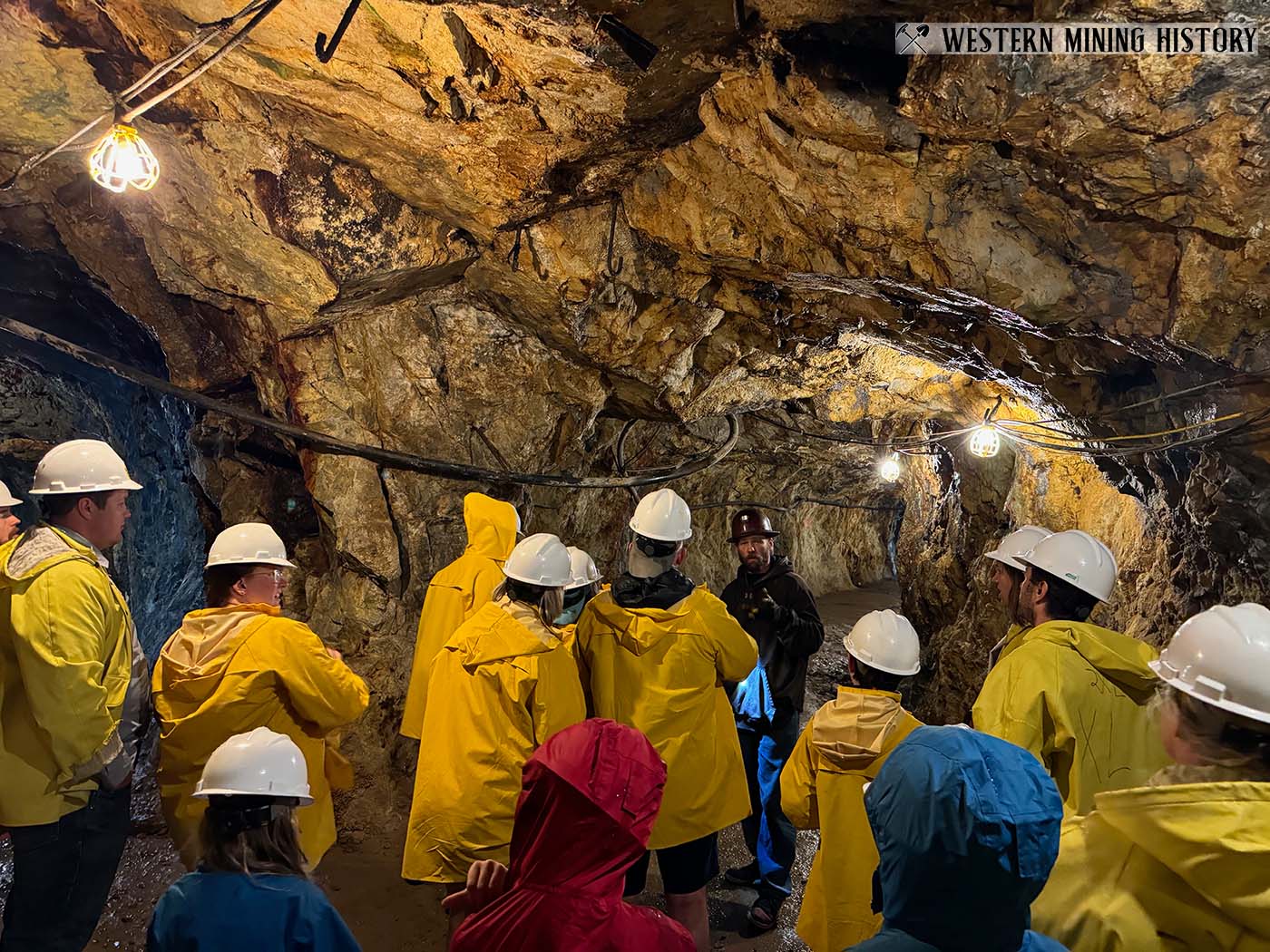
In the following photos, the tour guide demonstrates the operation of a pneumatic rock drill and a mucking machine.
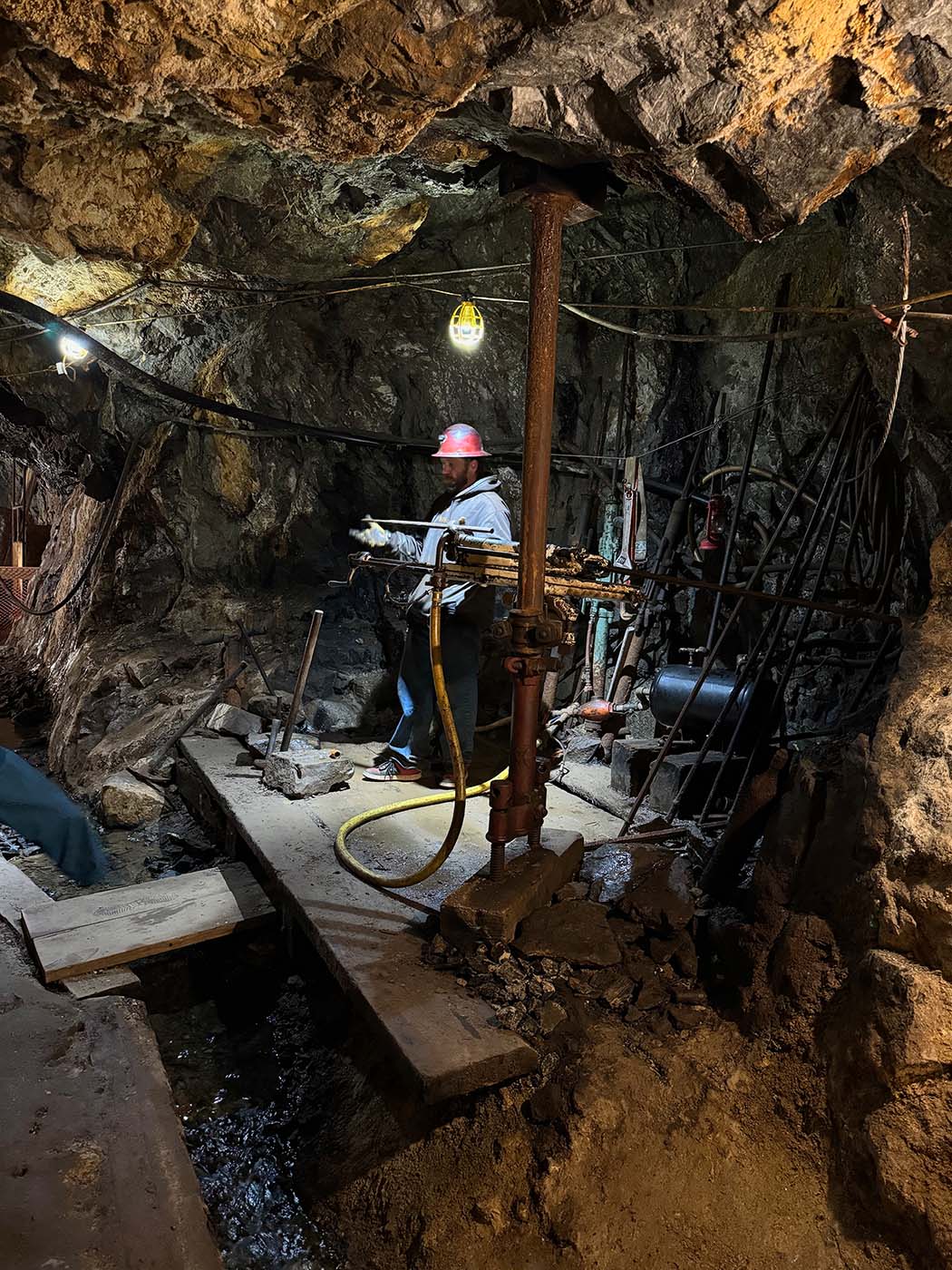
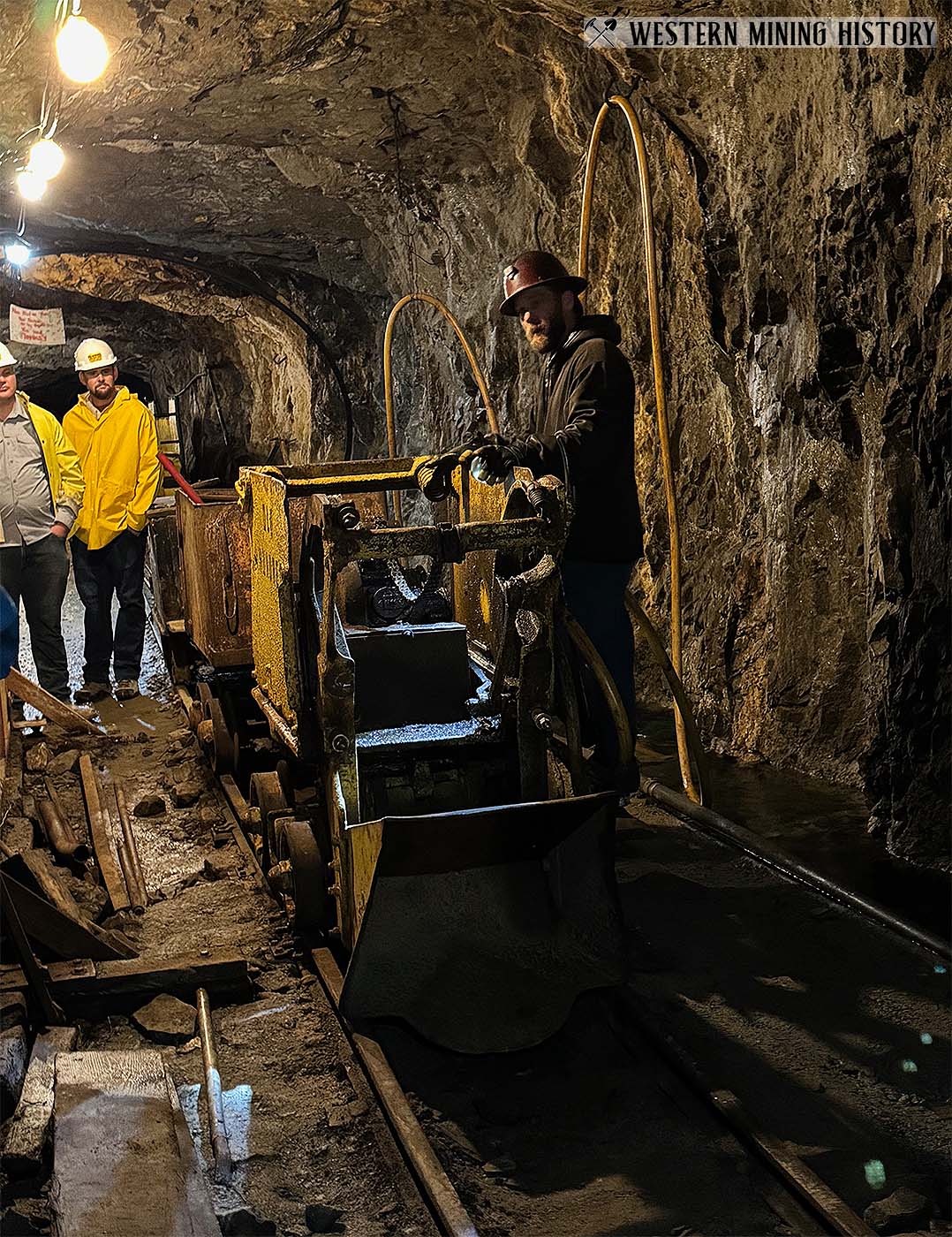
History of the Old Hundred Mine
The German Niegold brothers – Reinhard, Gustave, and Otto – arrived in the Silverton area around 1873. They setup a camp, which later became the settlement known as Niegoldstown, and spent the next three decades developing their claims on Galena Mountain.
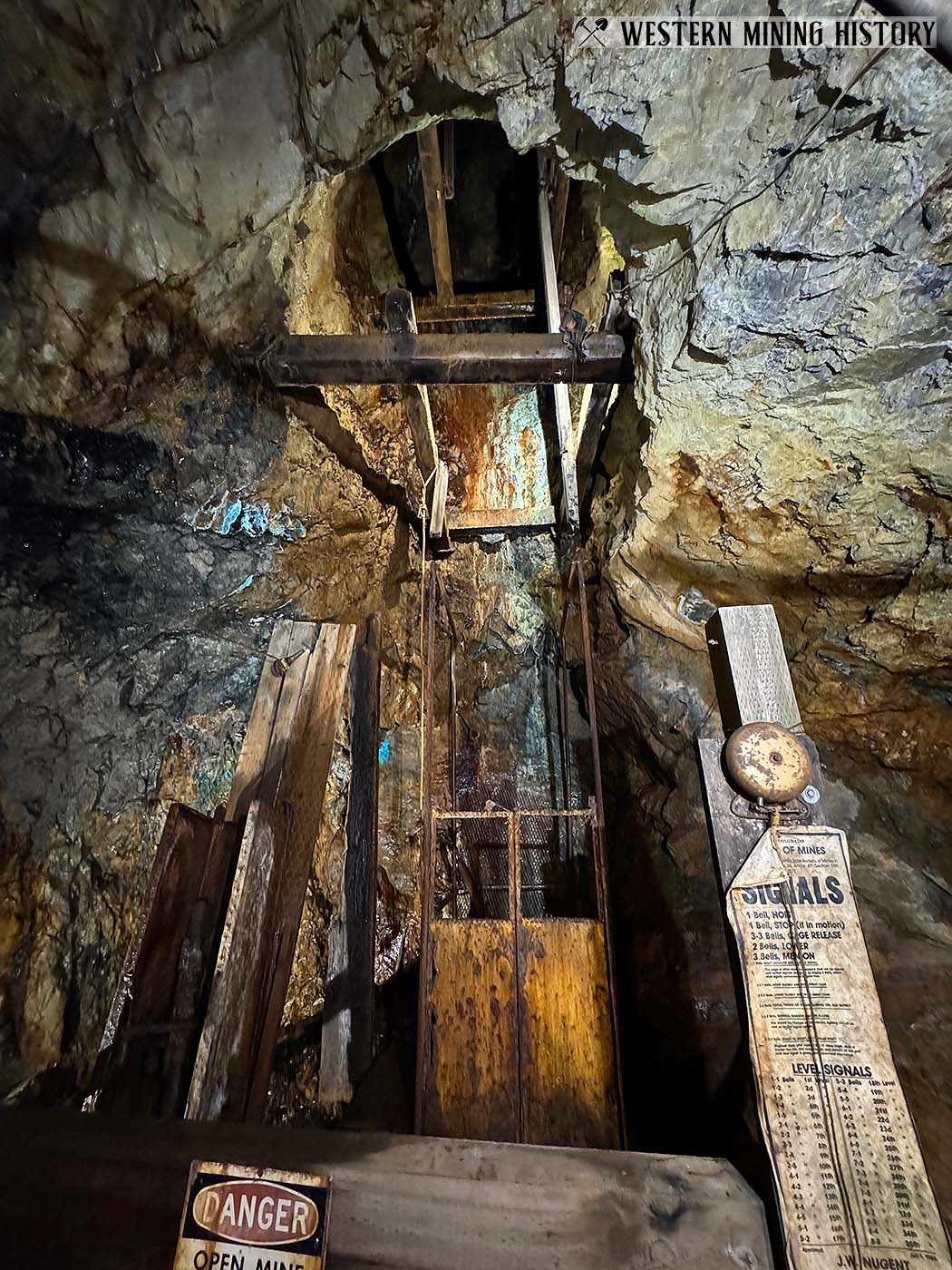
The Old Hundred claim was located by the Niegolds in 1898. The brothers commenced work on the mine and several levels were developed but ultimately they lacked the capital to properly exploit the deposit, so they sold the mine to eastern capitalists in 1904. The new company took the name OId Hundred Mining Company.
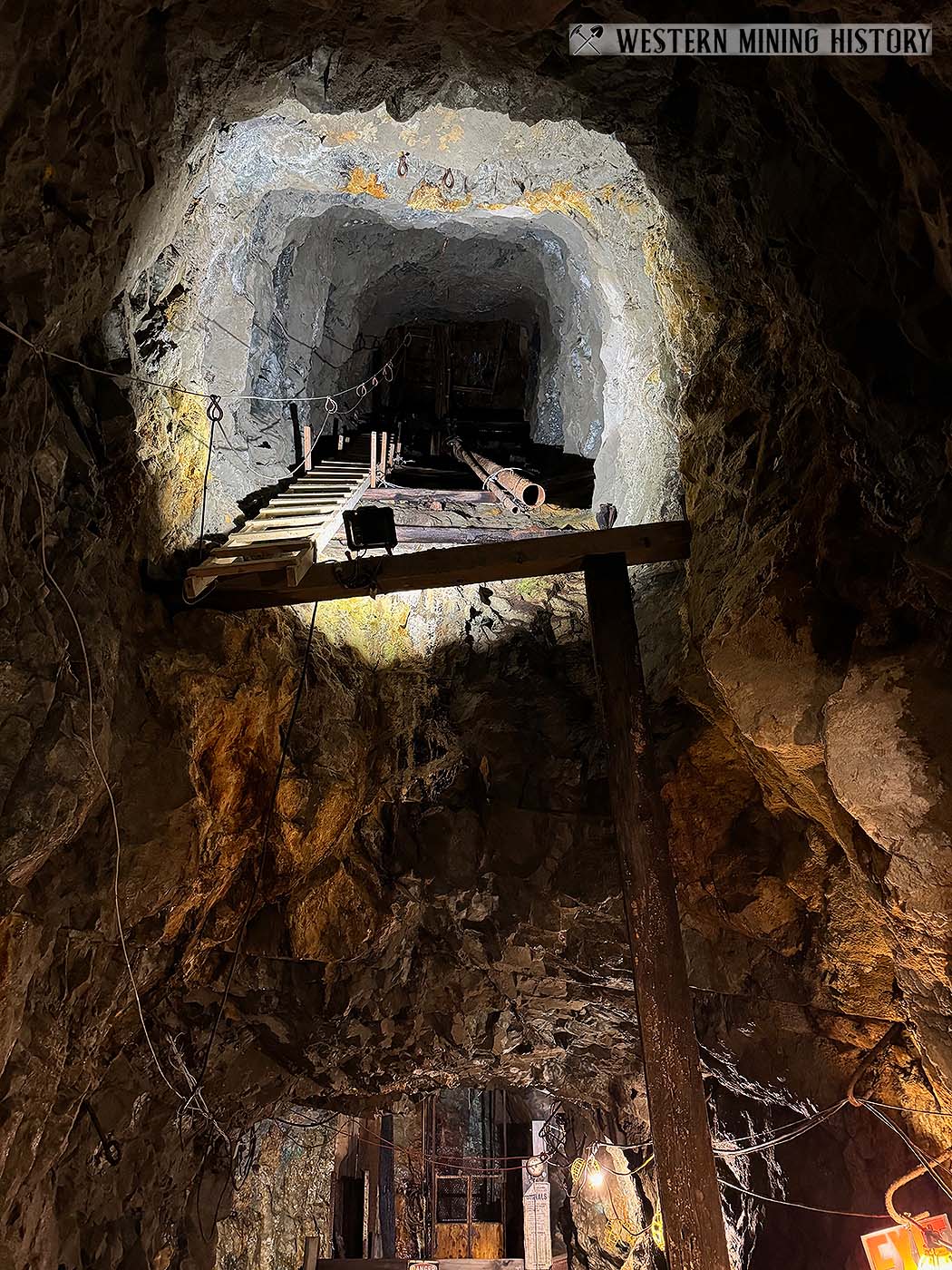
The new company spent over a million dollars and drove a tunnel at 12,000 feet in elevation on the mountain. An aerial tram was built to connect the mine with the mill below. Several buildings were built high on the mountain on the face of a steep cliff. One of those buildings – the boarding house for miners – remains today and can be seen from the Old Hundred tour office.
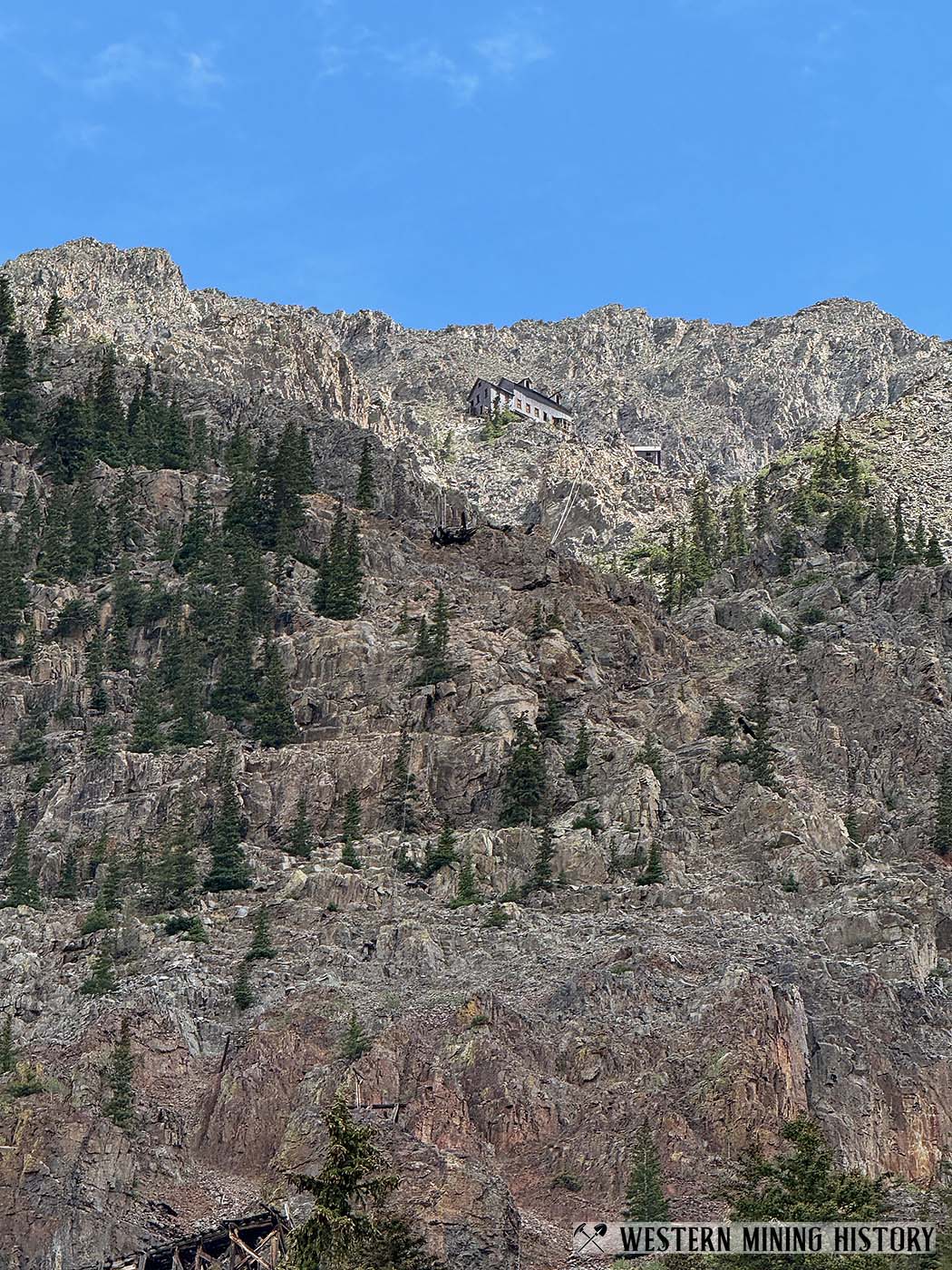
Although the initial couple of years were looking good for the OId Hundred Mining Company, the high-grade gold deposits were quickly depleted. In order to more economically mine the lower-grade ore, in 1906 the mill-level tunnel that is now part of the tour was started but the company ran out of money before it was completed.
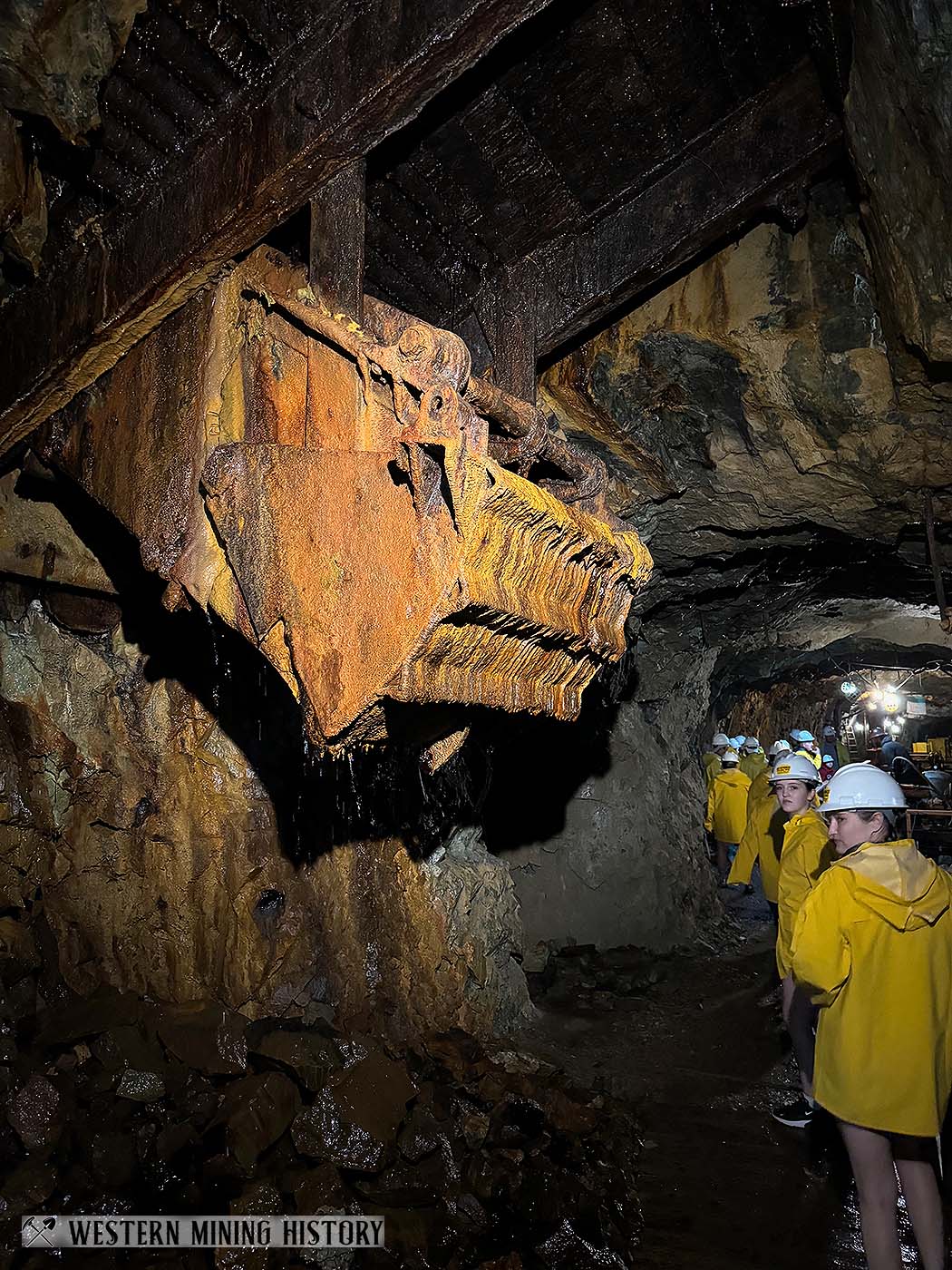
Unable to maintain its payments to the previous owners, the ownership of the mine reverted to the Niegold brothers. Despite the initial success of the mining efforts by the OId Hundred Mining Company, they were never able to recoup their initial investment.
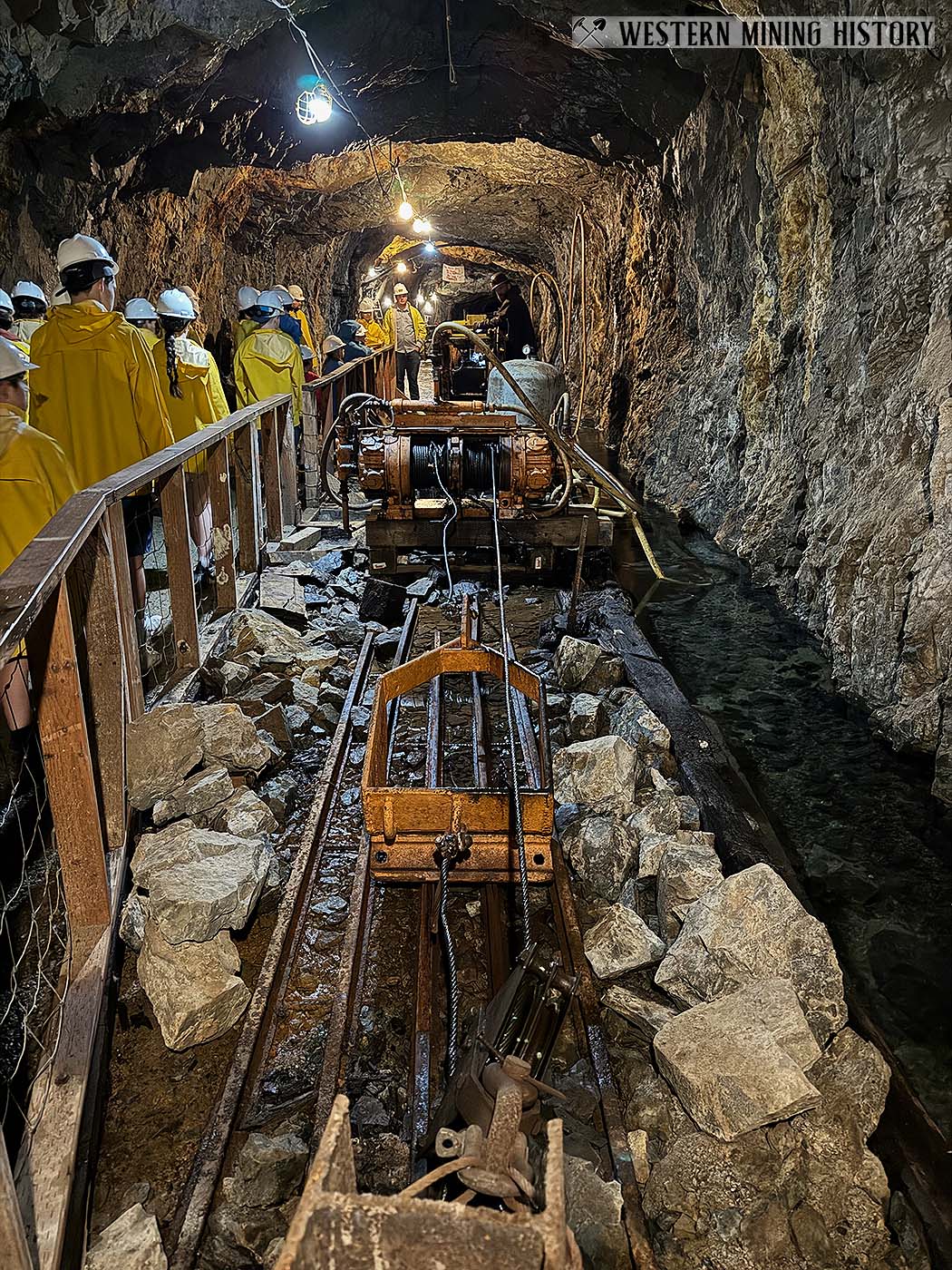
The Niegolds attempted to sell the mine but there were no buyers to be found. The mine was forfeited due to non-payment of taxes and by 1927 the last of the Niegold brothers had died. Sadly, these pioneers of mining in the San Juan mountains died as paupers.
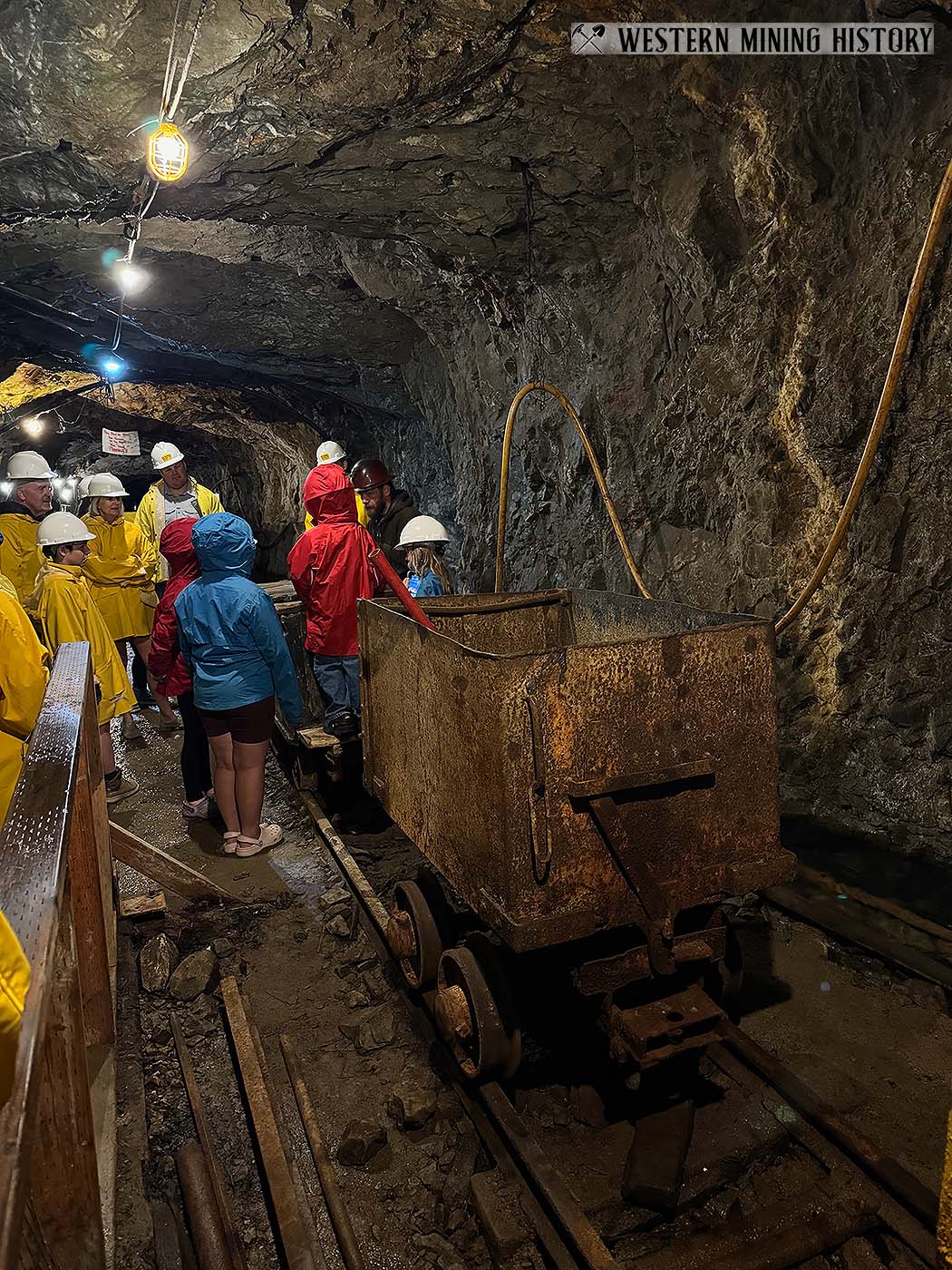
The mine was worked intermittently in the 1930s, but it wasn’t until the 1960s that a concerted effort was made to mine the low-grade ore. The property was leased in 1967 by the Dixilyn Corporation which finally completed the mill-level tunnel, driving it almost a mile into the mountain.
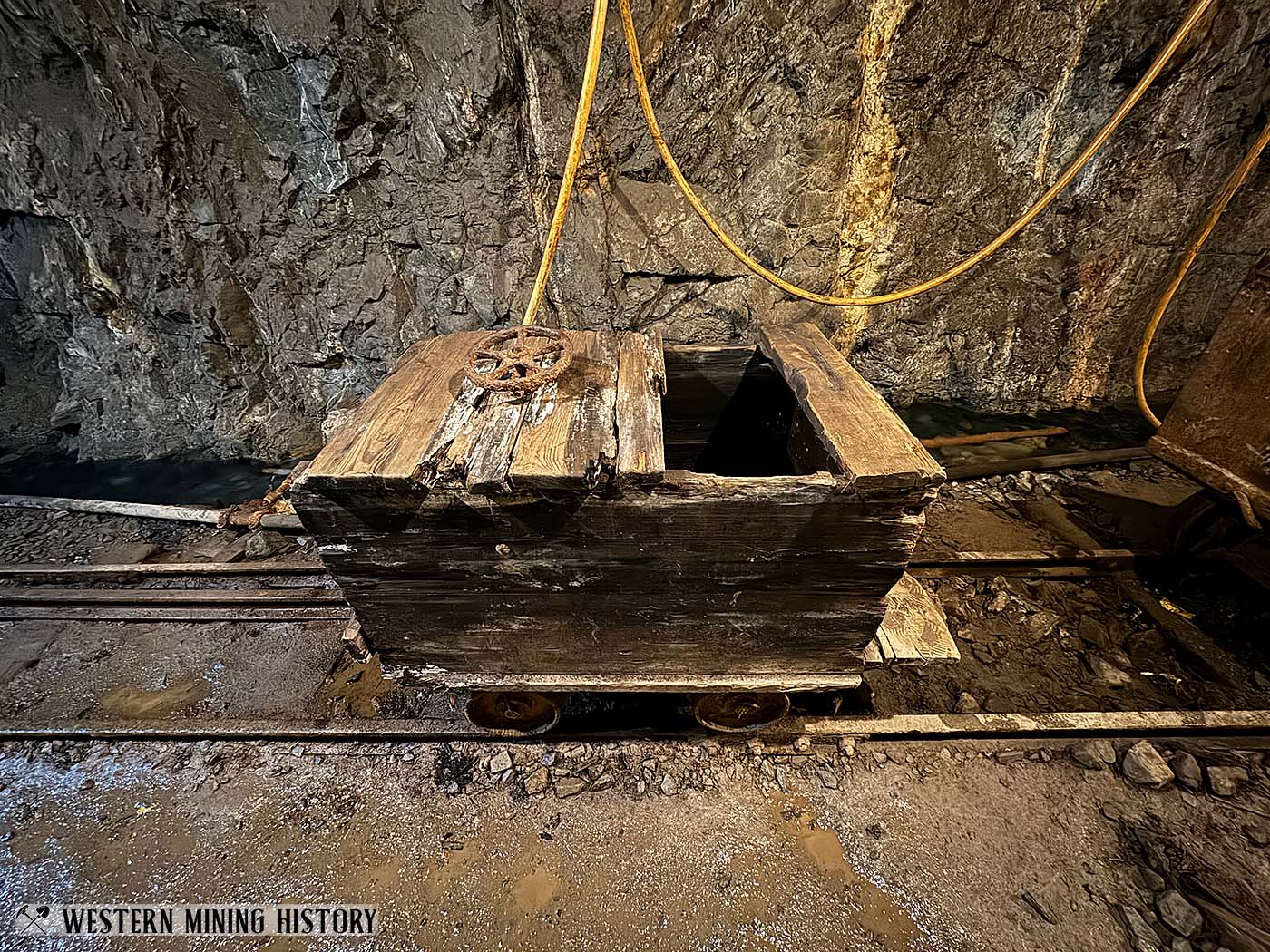
By 1973 the company had spent over $6,000,000 developing the mine, but once again the venture was a failure and the Old Hundred mine closed for the last time. The mill-site buildings were removed, leaving only the boarding house high on the mountain as a reminder of the men who toiled here for so many years.
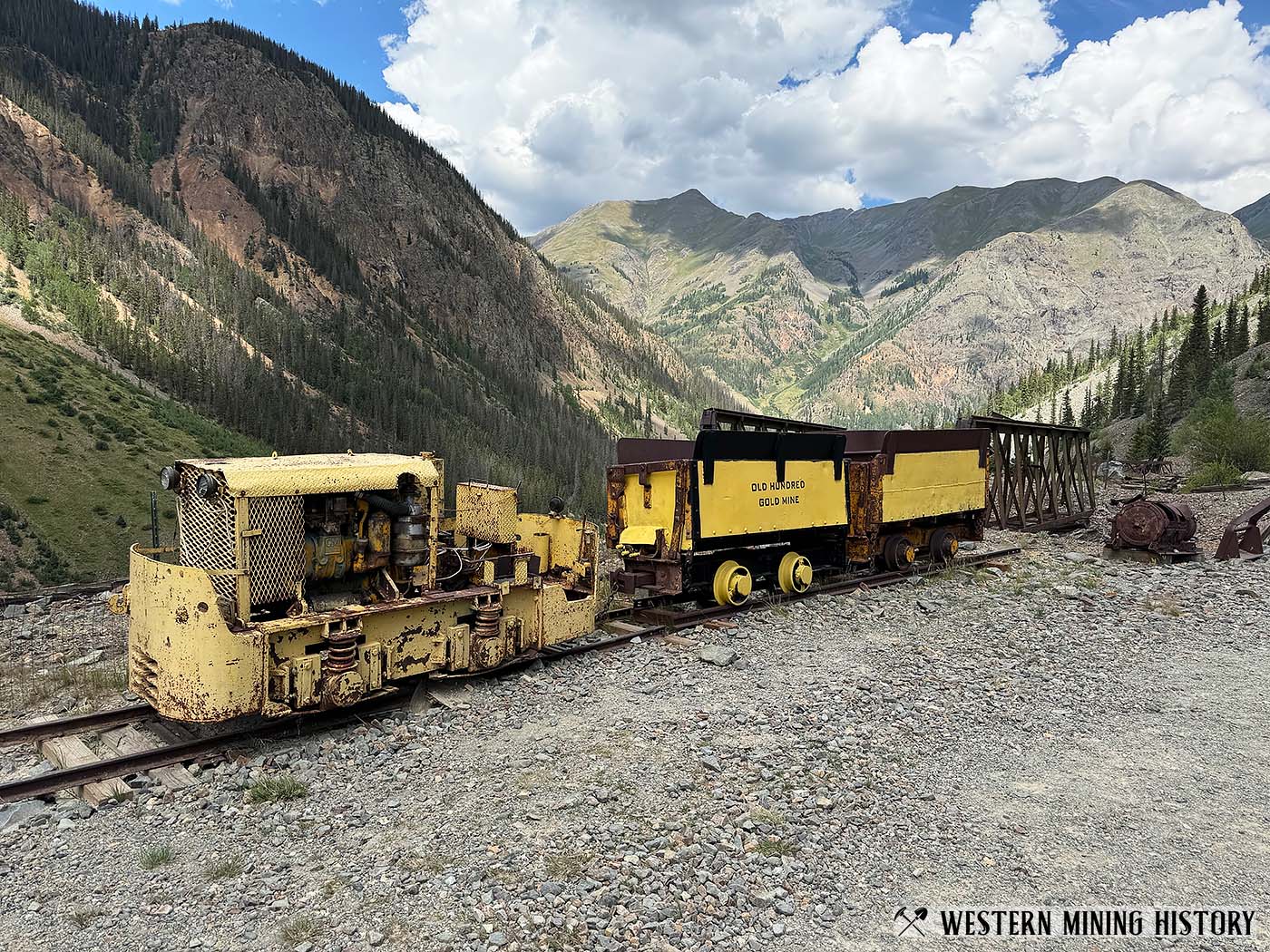
Today, the mine tour gives visitors a unique perspective into how mining was done, and the machinery that was used. More information can be found on the tour website: Old Hundred Gold Mine Tour.
The Last Chance Mine Tour
Once one of Creede, Colorado’s most significant silver producers, the Last Chance Mine now offers underground tours that provide visitors with a fascinating look at the workings of an 1890s mine. Continue Reading
